Ensuring an Equitable Recovery in the Bay Area
The shock of Covid-19 exposed and exacerbated the deep and structural inequities that have long existed in the Bay Area. Despite some measures having rebounded, the pandemic has continued to disrupt the lives of millions of people and communities in the region, including Black, Latinx, and Native American residents, low-wage workers, and immigrant communities (particularly undocumented workers).
Typical data sources used to report on the state of equity are often lagged by several years. To address this issue and help guide local recovery efforts, the Bay Area Equity Atlas created a new tool — the Bay Area Recovery Tracker — to measure the nine-county region’s progress toward an inclusive and equitable recovery. Through this work, we aim to help ensure that the region's recovery creates a different future — one where prosperity is broadly shared and the region’s working-class people and people of color have good jobs, dignified and rising standards of living, and can prosper.
Data Visualizations
Analyses
Data and Methods
Acknowledgments
The Bay Area Equity Atlas thanks Justin Scoggins and Edward-Michael Muña of the USC Equity Research Institute (ERI) for data and methodology consultation; Ian Castro and Michelle Huang of PolicyLink for data checking support; Chantilly Juggernauth of Lovelytics and Selena Tan of PolicyLink for Tableau design support; Jennifer Tran and Sarah Treuhaft of PolicyLink for their guidance and feedback; and Gabriel Charles Tyler of PolicyLink for his communication support. Special thanks to Sengsouvanh Leshnick of the San Francisco Foundation for her support and guidance on this project.
Additional thanks to our Equity Campaign Leaders Advisory Committee for their ongoing input and shaping of the data indicators used in this project.


